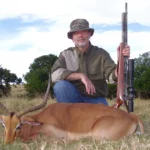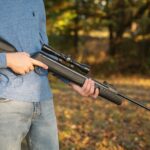Topo maps have a variety of applications, but when talked about in the hunting community it’s generally related to scouting where folks are using them to identify key terrain features. Whether you’re a new hunter or you have a few seasons under your belt, topo maps can seem a bit more intimidating than satellite imagery. However, if you want to hunt whitetail deer in hill country being able to read topo maps is a necessity. Once the very basics are understood it actually becomes quite easy to pick apart key topo features and really get solid visuals of what the real-life ground actually looks like. Once you can visualize, your digital scouting efforts will become much more cohesive with time spent burning boot leather.
Table of Contents
Map basics
One of the very basics to reading any map is orientation. This topic is fairly controversial amongst my peer group and has caused more than it fair share of needless miles. Personally, I like to keep my North orientation on all maps facing up. It’s just the way I was taught as a kid, what I’ve seen most often throughout my career in construction, surveying, and has just been the norm throughout my circle of influence. This “North” orientation concept comes from the invention of the compass and understanding of magnetic north from early Europeans. Keeping a North orientation is probably most common but truth be told, there’s really no wrong or right. Whatever orientation used just needs to be consistent amongst communication.
So what is a topo map? A topographic map or sometimes referred to as an elevation map is simply a detailed two-dimensional representation of the Earth’s surface shown as a series of contour lines with each line having a different elevation. The association of elevation with the contour lines allows the reader to interpret the three-dimensional lay and vertical scale of the land.
Contour lines show elevation change and are used to measure the steepness/grade of terrain. Contour lines also signify key terrain features which will always be represented in a consistent manner. Understanding some steadfast rules of contour lines can help you become very efficient at digital scouting topo maps and provide insightful knowledge on how an animal may traverse the topography.
10 Rules of Contour Lines
- Every specific point on a contour line has the same EXACT elevation.
- Contour lines separate downhill from uphill.
- Contour lines do not touch EXCEPT at a vertical edge or cliff. Because each line carries a different elevation it is impossible to have two lines at one elevation.
- Every 5th line is darker in color and/or thicker. This is known as an INDEX line. Also, INDEX lines will usually carry an elevation number.
- Contour lines get closer together in steep terrain and farther apart on flat terrain. This is specifically important when looking for bench-type features in the hill country.
- Contour lines that close or form circles represent a hilltop or a depression.
- Closed depressions with no outlet have HACHURE marks on the downhill sides of the contour lines.
- Contour lines will make a V shape when crossing a valley or drainage. The V will always point uphill.
- Contour lines will make a V or U shape when coming off a ridge top. The V or U will always point downhill. Often times creating a what people refer to as a point and/or spur.
- Contour lines on the opposite sides of a ridge or valley occur in pairs.
Key Topo Features
You’ll find that the contour line rules above are related to some type of key terrain feature or features. To take those rules a step further lets put some correlation and context around whitetail hunting and show some visuals examples.
Ridge Tops
Tops are fairly easy to identify by either referencing index lines, closed circle, and/or parallel contour lines. Ridge tops are exactly what you’d think….the very top of a ridge. While ridge tops might not offer the most favorable hunting locations, there will typically be a sign there. From my experience, most of that is laid down during night time hours which shifts this feature into a scouting location for both boots on the ground and trail camera sets.
Ridge tops become extremely useful for access routes to and from stand locations. While understanding the big picture of the area (bedding structure, feeding locations, predominant wind directions, travel routes, etc) tops allow you clean access by keeping your scent cone blowing in nondeer areas.
Bottoms

Bottoms or valleys can be identified in the same way ridge tops are but with one addition, traditionally bottoms will have some type of water feature. Bottoms are a great place to look for a sign but again generally speaking most of it will be laid down during night hours. We generally look at these areas for general trail camera locations for the sole purpose of gathering an inventory of the local deer.
Bottoms can be extremely difficult to hunt due to swirling winds and thermal pools however it’s not entirely impossible. Given a zero wind day with high or rising barometric pressure they can be hunted with caution. Bottoms can also offer great access routes because you are able to visually and audibly keep yourself hidden.
Drainages

Drainages are exactly what they sound like….a drainage ditch coming off the hillside and are found in a variety of depths, steepness, and width. Drainages can be spotted on the topo as bends in the majority of the contour lines on the hill said. As the stated rule says above, this will create a V or U shape with the point leading uphill. Wider drainages will look more like a U and narrower drainages will look more like a V. Often times folks may refer to larger drainages as “draws”.
Drainages are one of my favorite features to mark on my map and then go scout. They can provide excellent hunting opportunities pending the sign is there. They not only create a barrier for animals to navigate but double as a pinch point as often you’ll find animals hug the very top of the drainage. They also offer great potential access to stand locations and thermal advantages for evening hunts.
The image above shows 3 different drainages obviously labeled as A,B, and C; each of which have distinct characteristics and advantages. Drainage A is your typical larger drainage that some might refer to as a draw. This might be an area to scout for the potential nighttime sign. Drainage B is smaller in relative profile yet much shorter/steeper than drainage A. This may bode well for access pending there is a sign there to hunt. Drainage C is actually several drainages in close proximity that creates a “bowl” in the hillside. This type of feature is important as the actual drainages and ridgetop reduces potential areas of animal travel creating several pinch points to scout.
Saddles

To whitetail hunters, a saddle is simply a low spot on a ridge top. Generally, it can be identified when contour lines are making a V or U shape off a ridge top that is pointing towards one another from two separate directions. This feature is important because it often provides the path of least resistance for animals to travel and creates a valuable pinch point.
In my opinion, nearly all saddles are at least worth taking a look at. What I’ve found over the last 5 years of hunting public land is that most majorly defined saddles like shown in the photo below will draw human attention, so don’t be afraid to look at saddles that are less subtle.

Points and Spurs

While the verbiage may differ from hunter to hunter, the importance of points/spurs remain the same. Points/Spurs are secondary ridges, usually short in relative length, that stem from the main ridge and are identified by a V or U shape pointing downhill.
For Whitetail hunters points/spurs are key features for a multitude of reasons. The first is that they often provide bedding opportunity for whitetails. These are also great areas to scout for deer trails and rub lines as whitetails will often travel vertical pending the steepness of the point. One advantage to hunting points or spurs is that the wind will generally be consistent once you understand the wind/air currents in the area.
Benches

If you’re unfamiliar with this term, a bench is just a relatively flat spot on a hillside. Benches are the hardest of these key features to identify consistently. The more easily seen benches are really just shown by contour lines spread out further in a specific area or elevations compared to the other contour lines of the hillside. With 20′ contour lines a bench can be less than 20′ wide without varying the distance between lines. These subtle benches can often be dynamite spots as they are typically overlooked but the downside is you will likely have to spend some time walking some of these prospected areas.
Benches allow deer to easily navigate hillsides without having to sidehill and also give whitetails a flat area to scrape on. Both great reasons to scout and run trail cameras on benches.
While this article should provide a plethora of knowledge and insight for folks of every map reading ability, don’t feel intimidated if some of this sounds foreign. Everyone has to have a starting point, but hopefully having resources like this and tools like OnX Hunt moves you along that learning curve a tad bit faster. For more helpful content on trail cameras, and hunting strategies be sure to check out the Exodus YouTube Channel and The Exodus Podcast.
Author: Chad Sylvester, Exodus Outdoor Gear Co-Founder/Owner
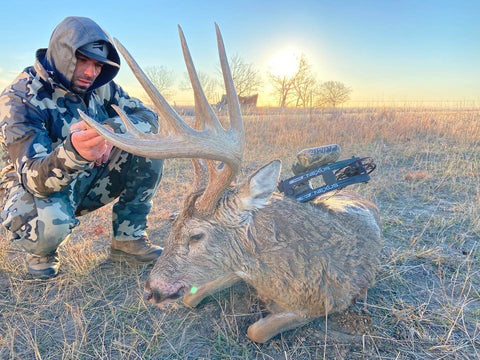

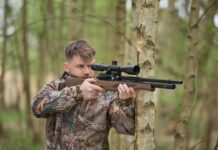






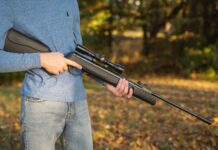

















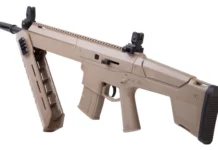











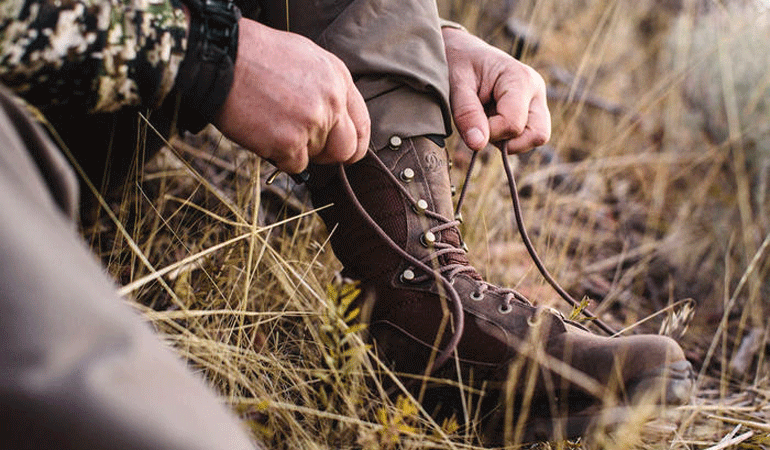
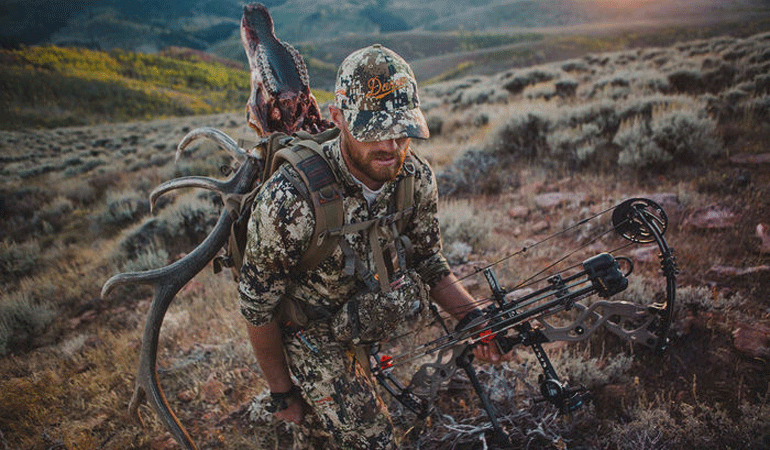
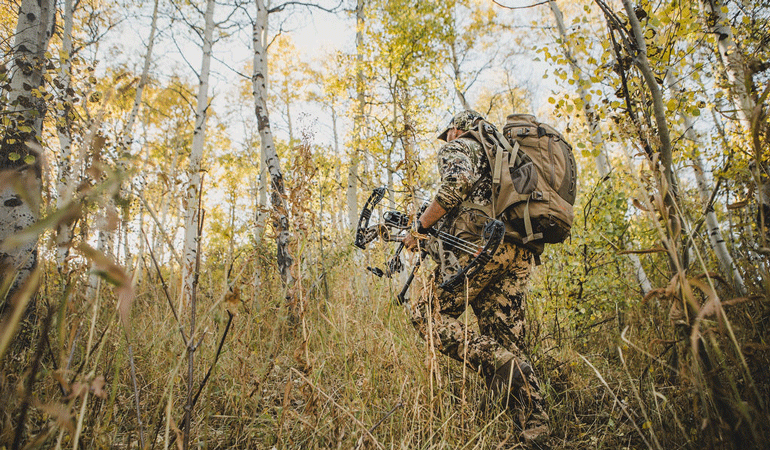









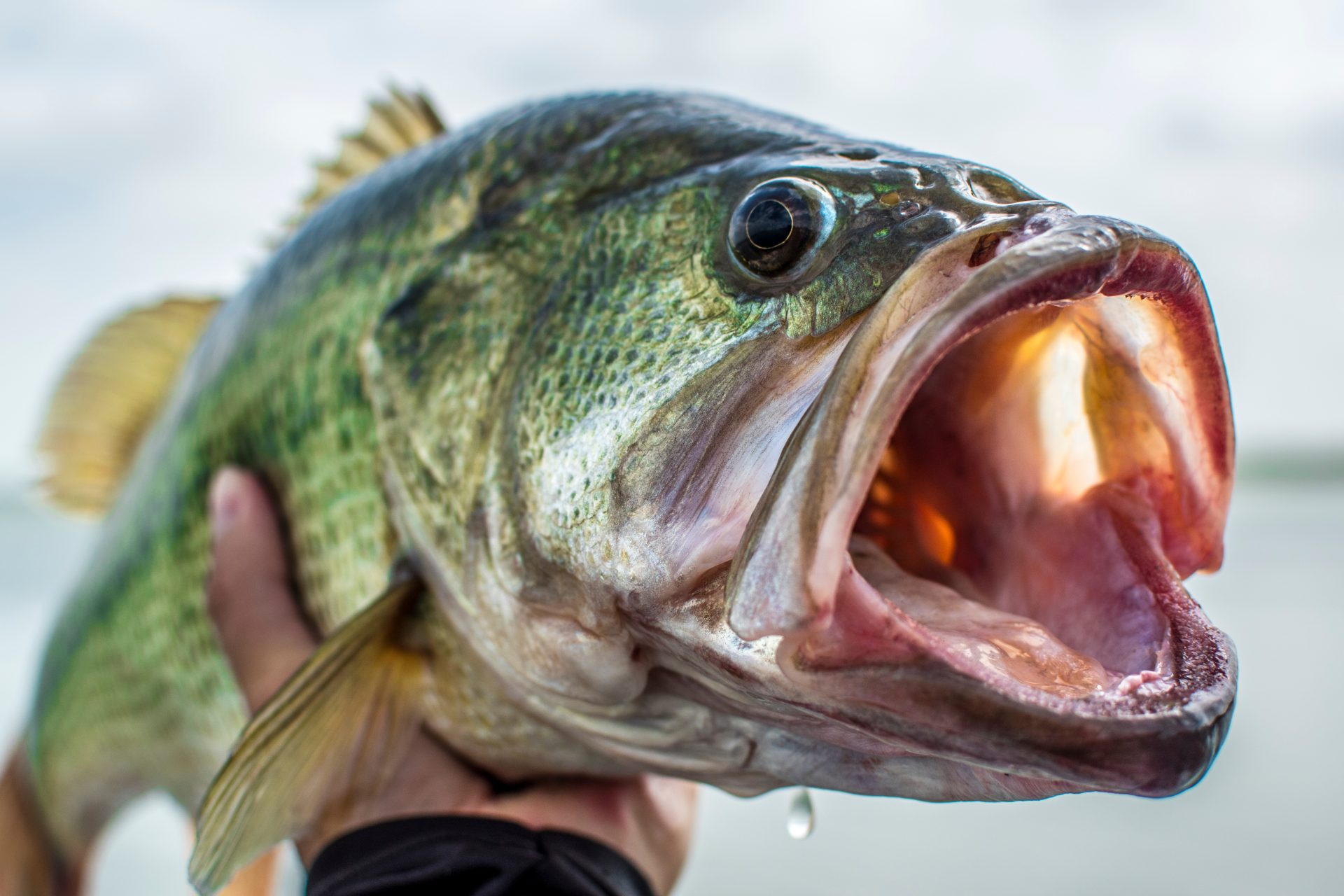
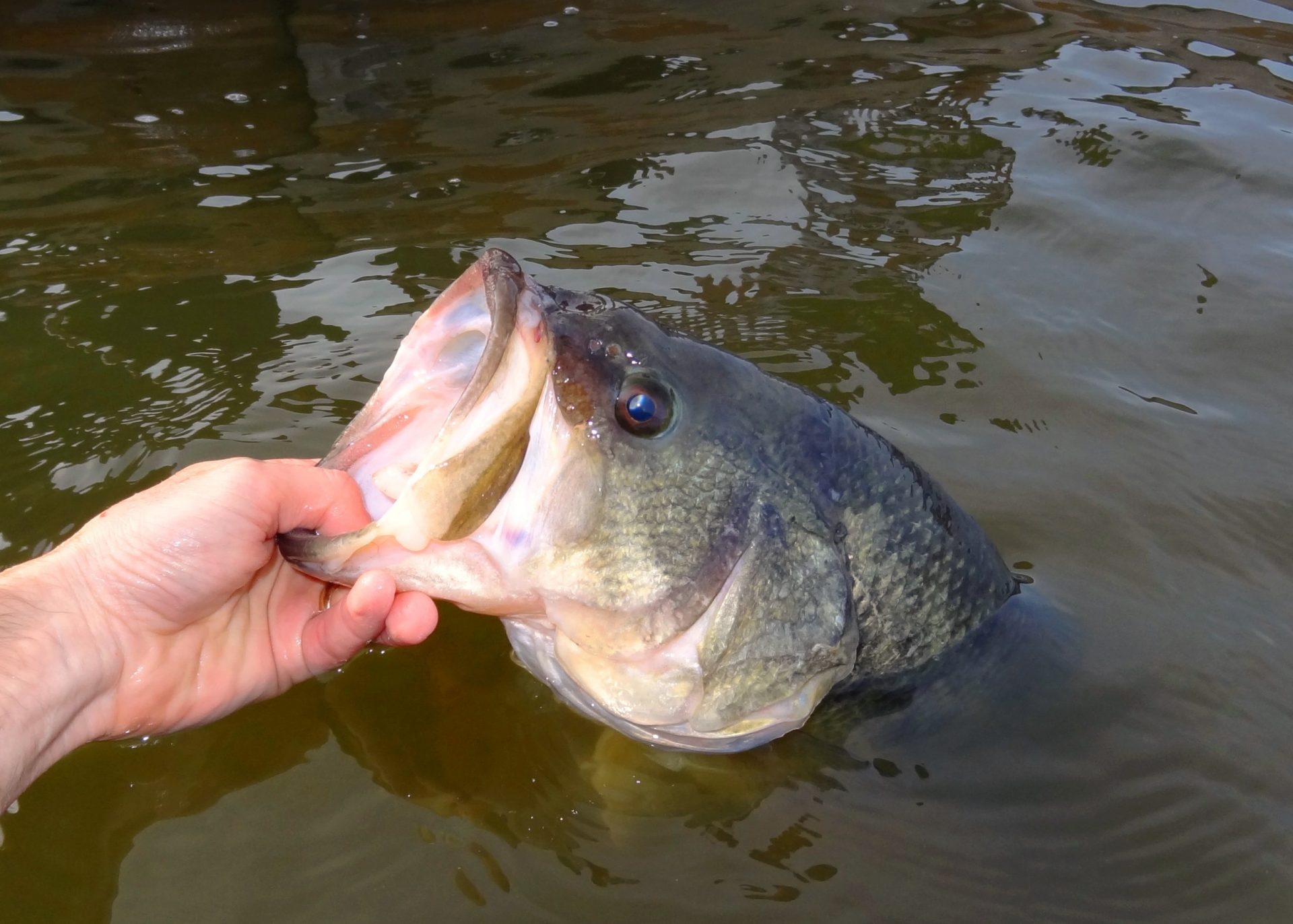
















:quality(70)/cloudfront-us-east-1.images.arcpublishing.com/adn/JZX4EU6DJNESDBJH2M55PFG6VU.jpg)


